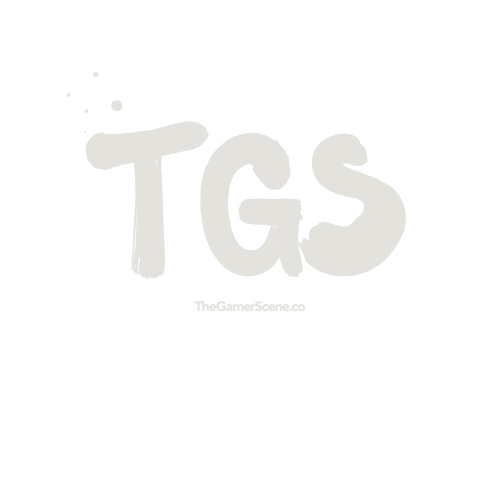Now Reading: Xbox Game Pass Prices Are Going Up—And a New Tier is Coming
-
01
Xbox Game Pass Prices Are Going Up—And a New Tier is Coming
Xbox Game Pass Prices Are Going Up—And a New Tier is Coming
Microsoft has announced a significant pricing shake-up for Xbox Game Pass, along with the introduction of a new subscription tier aimed at broadening its reach. Effective mid-August, subscription rates for key Game Pass plans will increase, while a budget-friendly option called “Game Pass Standard” is set to launch in September.
The adjustments are part of Microsoft’s ongoing effort to recalibrate the value of Game Pass amidst rising game development costs and an expanding library. According to the company, Xbox Game Pass Ultimate will rise from $16.99 to $17.99 per month, while PC Game Pass will jump from $9.99 to $11.99. Xbox Game Pass Core, the most basic plan, will also see an annual price increase from $59.99 to $74.99.
The new “Game Pass Standard” tier, which will cost $14.99 per month, is designed for Xbox console users who don’t need day-one access to new first-party titles but still want access to a solid lineup of Game Pass titles and Xbox Live Gold multiplayer functionality. Details on the exact games included in Game Pass Standard are sparse for now, but Microsoft says more information will roll out closer to its September launch.
Notably, current subscribers to Xbox Game Pass for Console won’t be able to extend their subscriptions beyond September 18, with Microsoft planning to migrate users to available alternatives. While price hikes are never welcome news, especially as consumers are already juggling multiple subscription services, Microsoft argues that the changes reflect the increasing value of its offerings, pointing to heavyweight additions like Starfield and the upcoming Call of Duty: Black Ops 6.
Reactions from the gaming community have been mixed. Some players understand the rationale behind the price bump, particularly with cloud gaming and a robust content pipeline in play. Others, however, express frustration at yet another cost increase in an already expensive hobby.
As the Game Pass ecosystem evolves, it’s clear that Microsoft is trying to strike a balance between accessibility and sustainability. Whether these changes enhance or hinder the service’s appeal remains to be seen—but one thing is certain: the way we pay for gaming continues to change.





















